
Kakapo
Kakapo
Kakapo
Do you know the creature called “Kakapo,” also known as the “owl parrot”? It is said to be the only parrot in the world that cannot fly. It’s strange that it’s a parrot but can’t fly. The Kakapo has many rare ecological characteristics. It is also an endangered species and is protected. The Kakapo has a friendly personality and even shows courtship behavior towards humans. However, it is a difficult animal to see, so not many people know about it. Let’s explore the charm of the Kakapo together!
Kakapo Basic Infomation
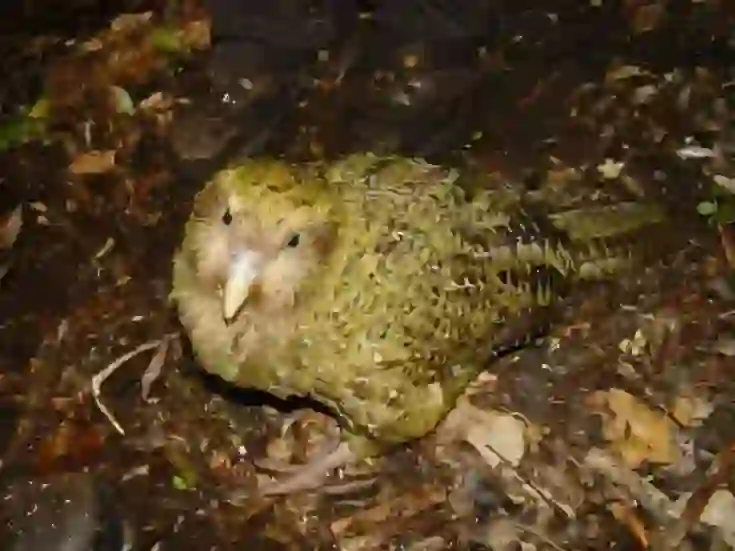
Aves−Psittaciformes−Strigopidae−Strigopinae−Kakapo genus. Kakapo Length : about 60cm Weight : about 3-4kg. Kakapo is a native species of New Zealand. It has been living in New Zealand since before humans moved in. At that time, the only natural enemies were birds of prey. The Kakapo was able to survive as long as it took measures against birds of prey. However, humans who moved in brought other animals with them. As a result, the Kakapo was pushed to the brink of extinction.
To prevent further reduction in the number of individuals, the government began to take action in 1894. In 1987, the Ministry of the Environment launched the “Kakapo Recovery Program.” As part of that program, protection and management are being carried out on three islands near New Zealand. As of May 2020, there were 211 Kakapos. Some people may be surprised that there are so few. However, around 2008, there were only 91 individuals. It was possible to increase the number by more than twice in about 10 years. How do Kakapos breed? It may be difficult to increase the number of individuals rapidly because breeding is difficult. Let’s explore how Kakapos breed! Kakapos do not breed every year. Only once every two to three years, a fruit called Rim becomes abundant. Rim fruit is a favorite food of Kakapos. When that year comes, they eat a lot of Rim fruit to prepare for breeding. Even though they already have a considerable weight under normal circumstances, they accumulate an additional kilogram or so of fat before breeding. Then they perform a breeding method called “lek.” Only Kakapos perform this breeding method. Therefore, it is not well known, so I will briefly explain the flow. Kakapo males gather on stage to appeal to females. Then they make a path for females to reach the stage. On summer nights, males begin to make noise by inflating their bodies all at once. This act is called “booming.” Booming is repeated for about 7-8 hours every day for a period of 2-4 months. The sound is loud enough to be heard even from about 5 km away. Females follow the path that has been created and head to where the males are gathered. When the female arrives, the male begins to dance and appeal. If the female likes booming and dancing, she can mate with the male. From nest building to child rearing, everything is done by the mother alone. Before laying eggs, she makes a nest in a hole in the ground or a cave in a tree. One egg is laid per laying and hatches in about 30 days. Unfortunately, not all eggs can hatch. Some may die before hatching. After that, it takes two months for them to leave the nest. Even after leaving the nest, mothers continue to feed their young for six months.
As we have seen, it is not easy to increase the number of individuals because they do not breed every year. Currently, humans are also supporting the breeding of Kakapos. Some children are difficult to raise with only their mother’s help. In such cases, humans take over the child-rearing. Also, each protected Kakapo has a transmitter attached to it. When the transmitter is replaced once a year, a health check is also performed. It is strictly protected precisely because it is the parrot closest to extinction.
Kakapo Q&A

Where does Kakapo get its name?
In English, it is called “Kakapo,” but in Japanese it is called “fukurououmu.” Today, I will introduce the origin of why it is called “fukurououmu” in Japanese. “Fukurououmu” is the Japanese name for this bird. It was named this because it has a face like an fukurou(owl) and is a oumu(parrot). The name of an animal with a similar face was used as it is. By the way, the scientific name is “strigops habroptilus” in Latin. This means “like an owl.” It was named after a similar idea to the Japanese name. The name “Kakapo” comes from the Maori language, the indigenous people of New Zealand. It means “night parrot.” “Kaka” means parrot and “po” means night. Some people may wonder why night is relevant. The reason is that the Kakapo is the only nocturnal parrot. Since the time when predators were inactive was at night, they started to move at night. It was named Kakapo because it moves at night.
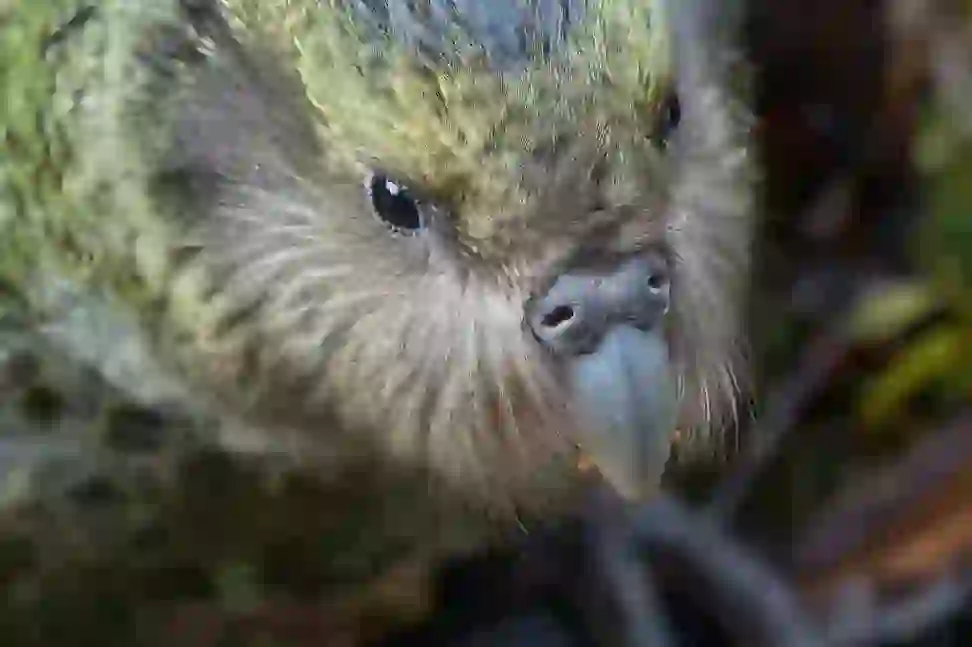
Why does Kakapo live there?
Kakapos are protected by dividing them into three islands near New Zealand. ・Codfish Island. ・Anchor Island. ・Little Barrier Island. The reason for dividing them into the above three islands is to prevent extinction. If they are raised on only one island, there is a risk of extinction due to natural enemies or diseases. To avoid such a situation, they are protected by being dispersed.
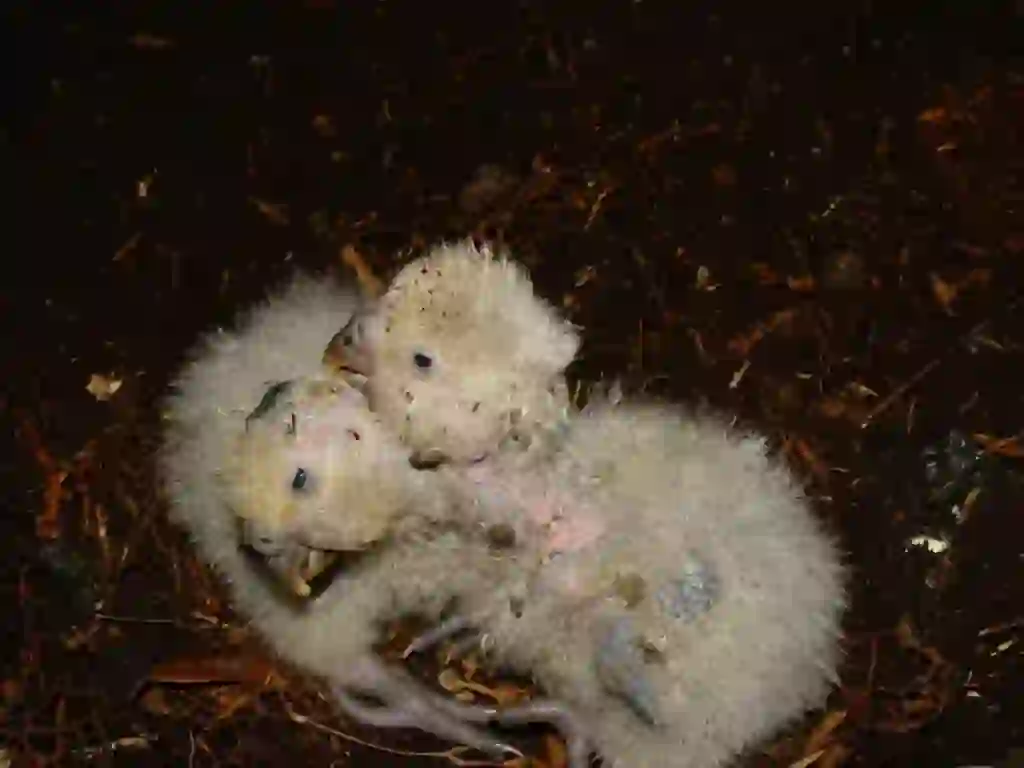
What does Kakapo eat?
Kakapos are herbivores. They usually eat nuts, seeds, pollen, sap, buds, bark, leaves, roots, etc., and can eat every corner of the tree. Since Kakapos cannot fly, they climb trees using their feet to find food. Occasionally they eat insects and invertebrates. Their favorite food is a fruit called Rim. It becomes abundant once every two to three years. It is important because Kakapos breed actively in that year.
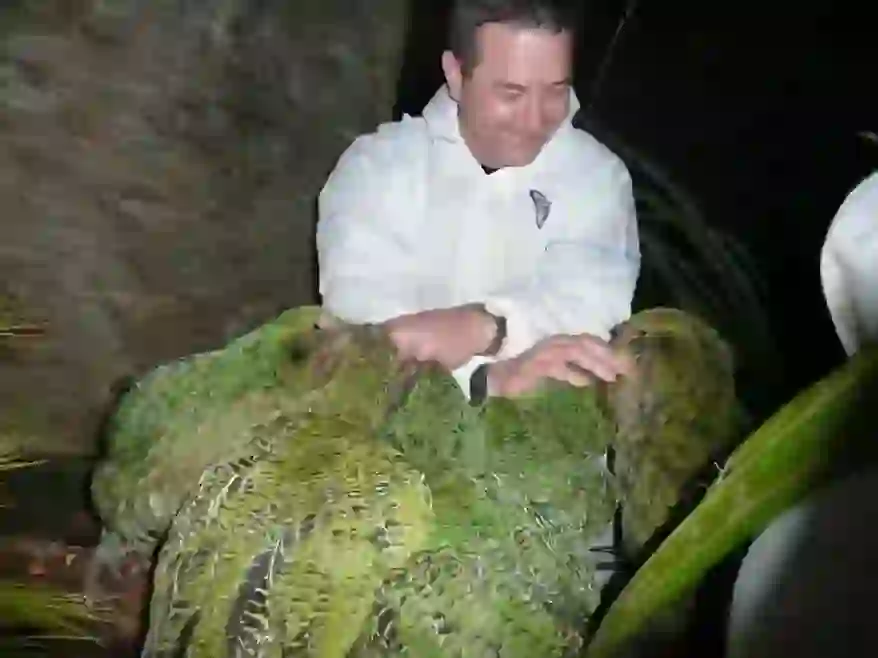
How long does Kakapo last?
Kakapos are said to be the longest-lived parrots in the world. Their lifespan is about 80-95 years. They can live as long as humans. Compared to the lifespan of other parrots, it is clear that Kakapos live longer. The lifespan of short-lived parrots is about 15 years, and that of long-lived parrots is about 60 years. Looking at these numbers, it is understandable that they are the longest-lived parrots.

How can Kakapo not fly?
In the past, a giant eagle that became a natural enemy flew overhead in New Zealand. Therefore, the Kakapo changed its lifestyle to walking on the ground. Even if it was targeted by natural enemies from above, the Kakapo could hide. The reason is that their body is moss green like camouflage, so they could blend in naturally if they didn’t move. Since they had been living on the ground for a long time, their wings degenerated and they became unable to fly. And before they knew it, they had become the heaviest parrot in the world.

What kind of creatures are Kakapo's natural enemies?
Before humans moved in, there were only birds of prey such as eagles. However, various animals were brought in with human migration. ・Ermine. ・Weasel. ・Rats. ・Cats. ・Possums. ・Dogs. ・Ferrets, etc.
The Kakapo was attacked and reduced by these animals. The Kakapo only knew how to escape from eagles. Therefore, they could not protect themselves from ground enemies. When natural enemies appear, the Kakapo stops moving to blend in naturally. However, they have a unique body odor that makes it easy to find their location. It’s difficult for them to run away. Ideally, it is best to protect themselves. However, since it is difficult for the Kakapo to do so, they are protected by humans from other animals. In particular, you need to be careful about ermines. This is because ermines can move across the sea by swimming. Because it was not known that they could do such a thing, damage occurred in the past. Countermeasures against ermines are still being taken.
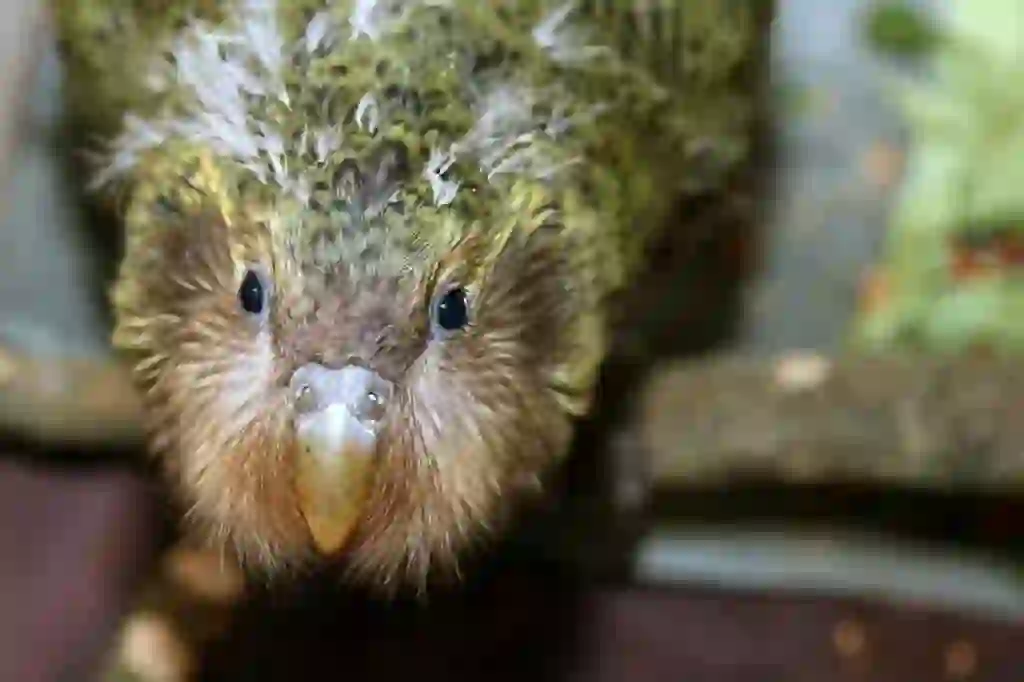
What does Kakapo smell like?
The body odor of the Kakapo has a unique smell. I will introduce two similar smells that are familiar to us. ・Honey. ・Flowers (Freesia). These two are said to have a similar scent. Some people may find it unpleasant. Why does the Kakapo emit body odor? The reason is to identify each other by smell. Kakapos are nocturnal and have poor eyesight. Their sense of smell has become sharper instead of their eyes, and they can identify each other by emitting body odor.

Would you like to become a part of the 'Animalbook.jp'?
Turn your knowledge into Q&A and share it with the world. ※Publication will be activated after purchase. Let's share information together!
Kakapo Type of List
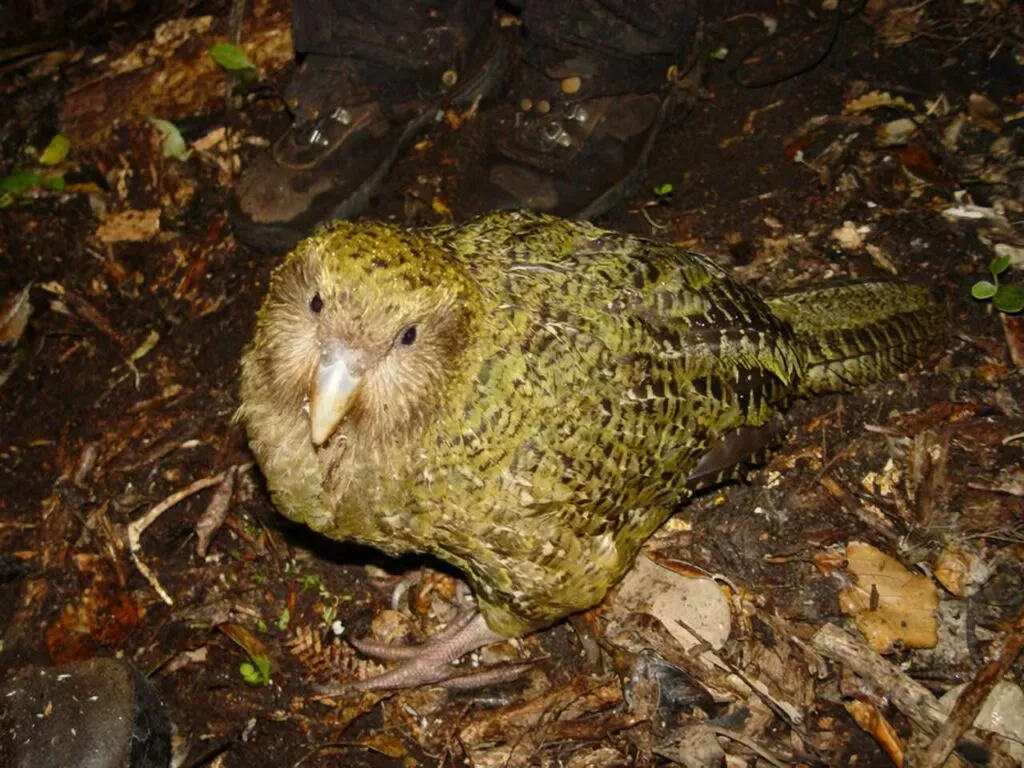
・Kakapo.
Information
Congratulations! You are the first commenter!

Create Your Favorite List!
Kakapo
Save the animals you love! Build your own list to quickly revisit your favorites later.

Would you like to leave a comment?
※Please note: This is for the purchase of rights to post comments within the article.
Find Your Favorites!
Our shop offers a unique and attractive selection of goods themed around various animals.
Kakapo References
Kakapo Introduction of media used

出典:https://commons.wikimedia.org/wiki/File:Kākāpō head.jpg

food
出典:https://commons.wikimedia.org/wiki/File:Organising_feeds_for_kakapo_chicks_(8529405482).jpg
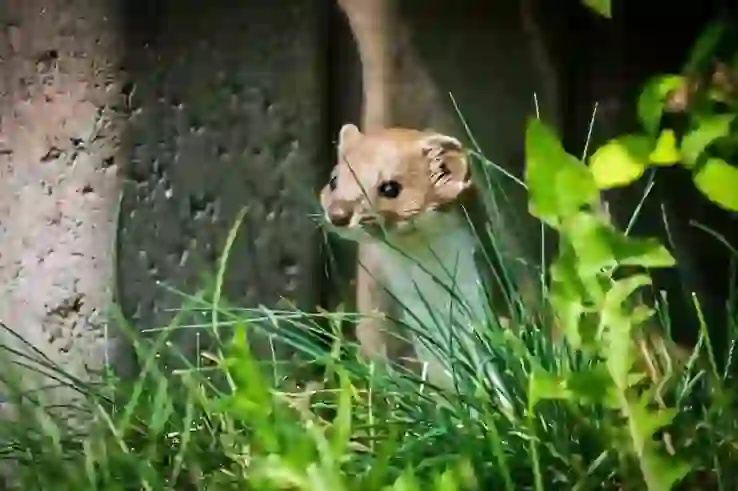
enemy
出典:https://pixabay.com/images/id-5505285/

enemy
出典:https://pixabay.com/images/id-4939687/
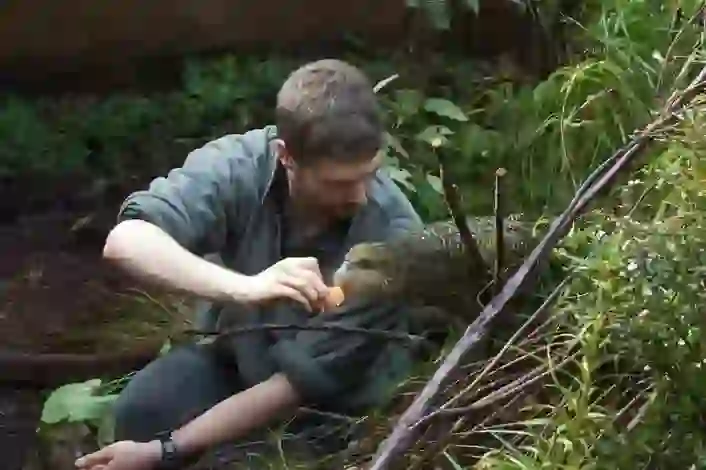
出典:https://commons.wikimedia.org/wiki/File:Kākāpō feeding.jpg

Help Enrich Our Animalbook.jp with Your Media!
We are constantly looking to expand and enrich our Animalbook.jp with amazing photos and videos of animals. If you have any media that you'd like to share, please contribute and help us showcase the beauty and diversity of the animal kingdom. Your submissions will be credited and featured in our encyclopedia, reaching a wide audience of animal lovers.




















